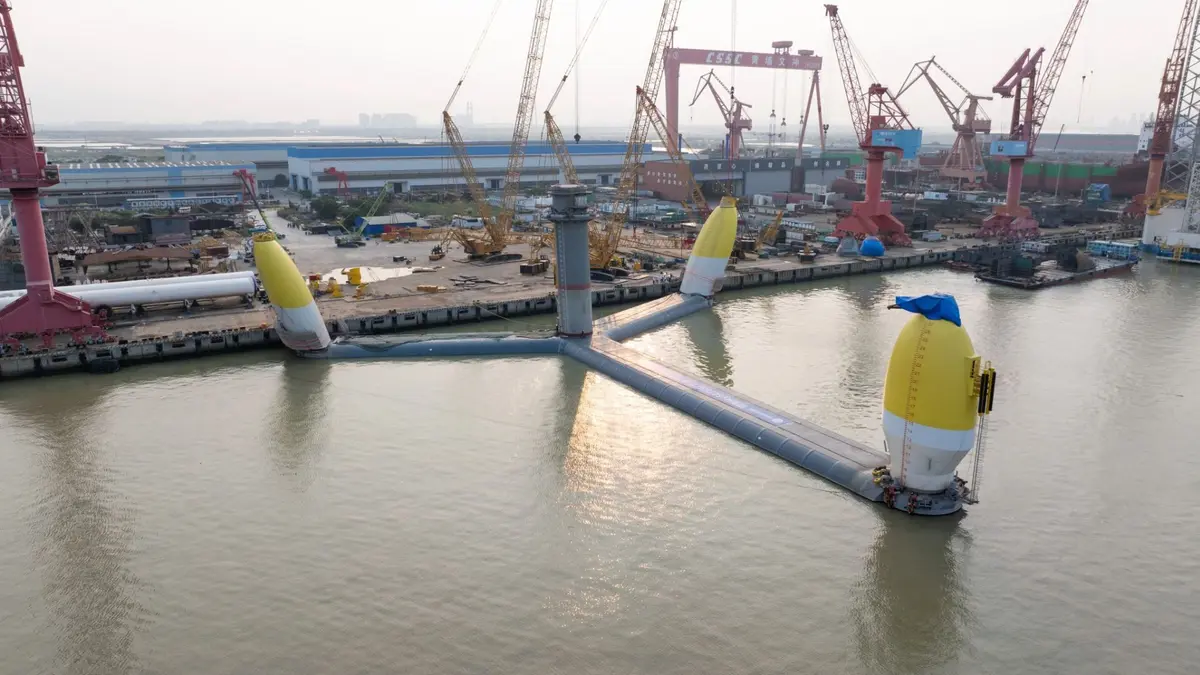Breakthrough in Medical Technology
Scientists have developed novel magnetic nanoparticles that safely rewarm tissues for transplantation, marking a groundbreaking advancement in medical technology. This breakthrough could significantly improve the viability and success rates of organ and tissue transplants, particularly for those requiring prolonged storage and transportation.
Challenges in Current Procedures
Before transplantation, the organ is removed from the donor and needs to be kept in a very cold environment during transport. This low temperature reduces metabolic activity and lowers the organ’s need for oxygen. However, current procedures are not entirely safe for organs. One challenge is the potential for organ damage due to premature warming during transportation.
Advantages of Magnetic Nanoparticles
Traditional methods of rewarming transplanted tissues can sometimes lead to damage or cell death. In contrast, these magnetic nanoparticles offer a more precise and controlled approach. By applying an alternating magnetic field, the nanoparticles generate heat, which is then transferred to the surrounding tissue. This targeted heating process minimizes the risk of collateral damage and ensures optimal conditions for tissue viability.
Nanoparticles enhance tissue viability by providing precise heating, reducing damage from uneven temperatures, and potentially improving transplant success by preserving tissue quality.
Future Impact on Transplantation Medicine
This innovative technology represents a significant step forward in transplantation medicine. As research progresses, magnetic nanoparticles are expected to play an increasingly important role in improving patient outcomes and expanding the availability of donor organs and tissues.







